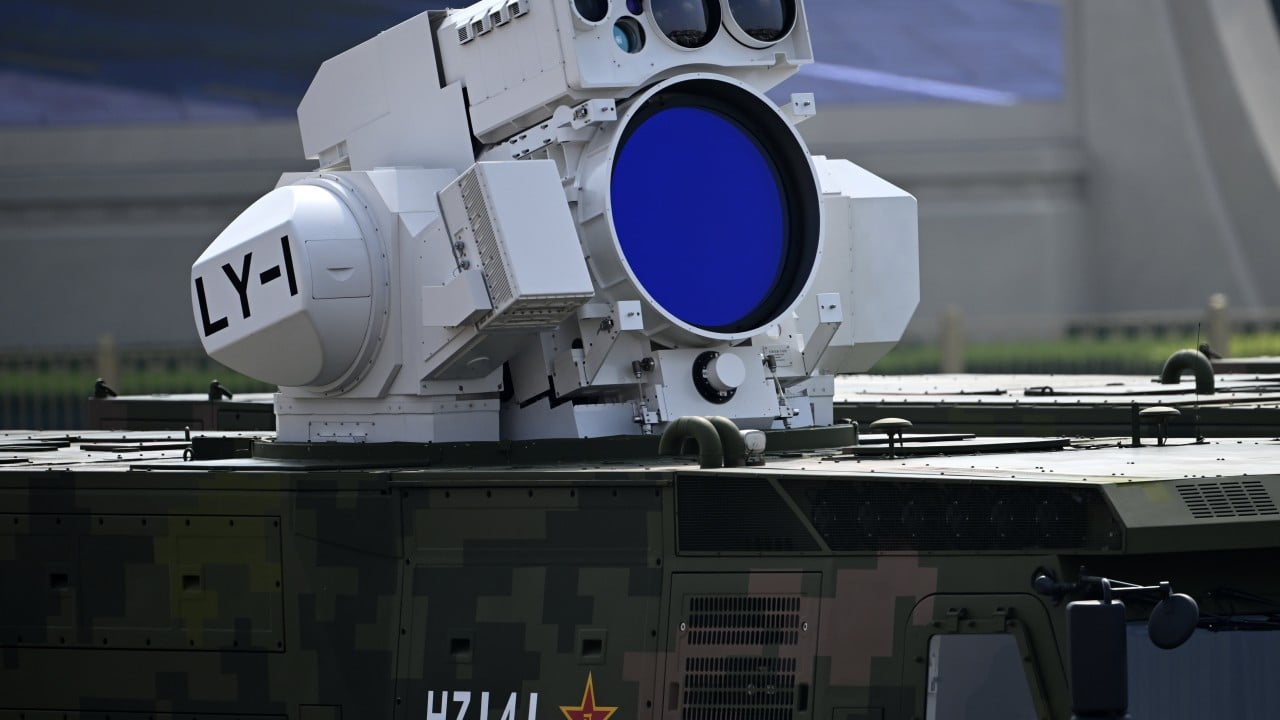Chinese naval researchers have detailed plans to construct a multilayered defence architecture designed to protect warships from saturation attacks by up to thousands of low-cost drones, responding to what they call an existential threat amplified by accessible commercial technology.
Advertisement
The proposed “counter-swarm system”, likened by some experts to a digital-age Great Wall, would integrate satellites, AI-powered sensors and radical new weapons – including hypersonic missiles, lasers and microwave beams showcased in Beijing’s recent military parade – to detect, disrupt and destroy drone fleets before they reach their targets.
Professor Guo Chuanfu and his team with the PLA Navy’s Dalian Naval Academy outline how adversaries could deploy massive, intelligent drone swarms costing as little as a few thousand dollars per unit – potentially built with commercially available components like DJI batteries.
Their study, published in the peer-reviewed journal Command Control & Simulation on August 22 in the paper “Constructing Naval Counter-Swarm Systems: A Framework for Future Warfare”, warns that such swarms could overwhelm traditional warship defences through stealth, coordination and sheer numerical superiority.
The detailed countermeasures they proposed match a wide variety of anti-drone weapon systems displayed for the first time in the massive parade on September 3, such as high-power microwave weapons, LY-1 ship-mounted lasers and CJ-1000 hypersonic cruise missiles that can hit a drone-carrying cargo plane from thousands of kilometres away.

“It could be a pure coincidence, but [the parade] brings the idea from paper to life,” said a Beijing-based defence expert who requested not to be named due to the sensitivity of the issue.

